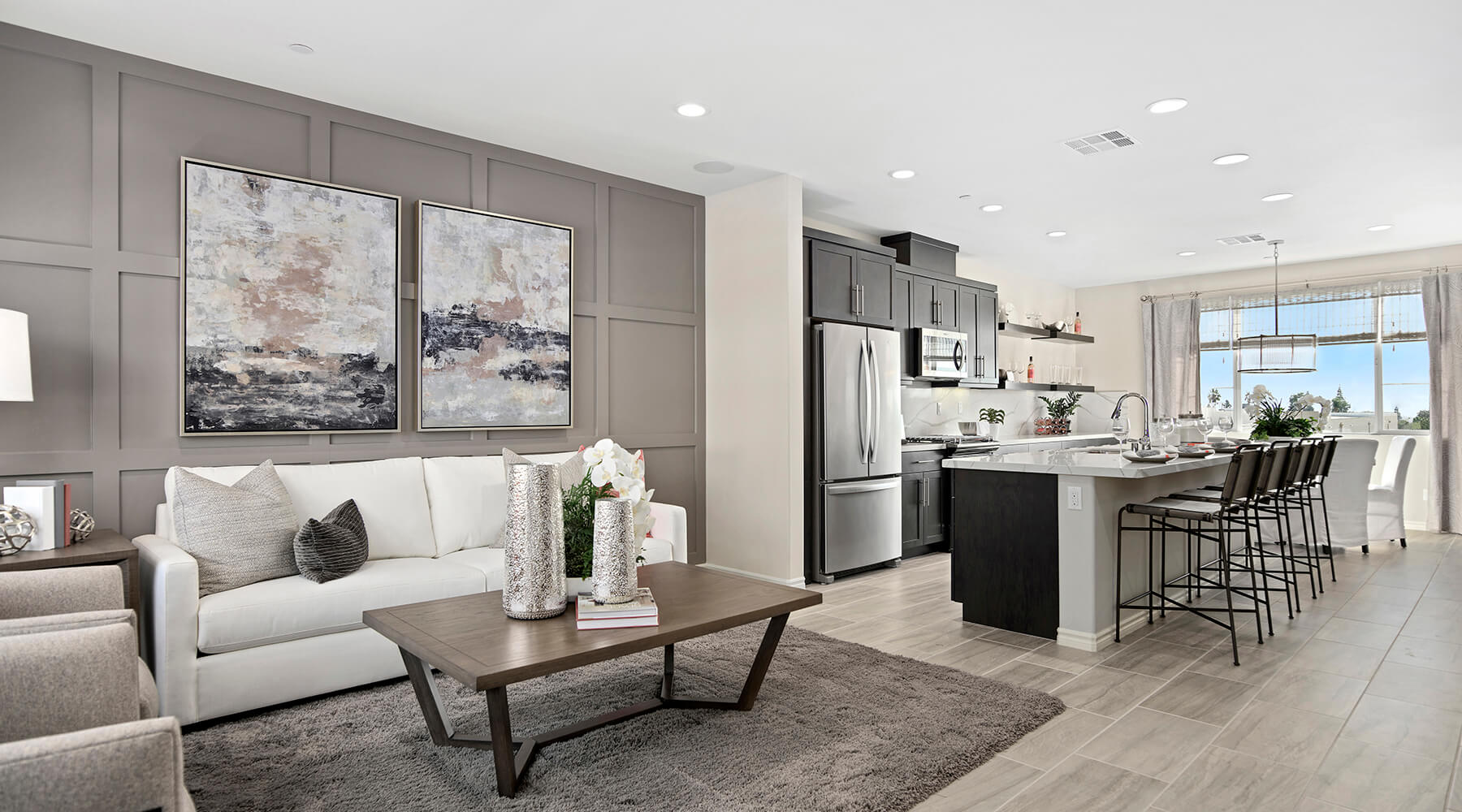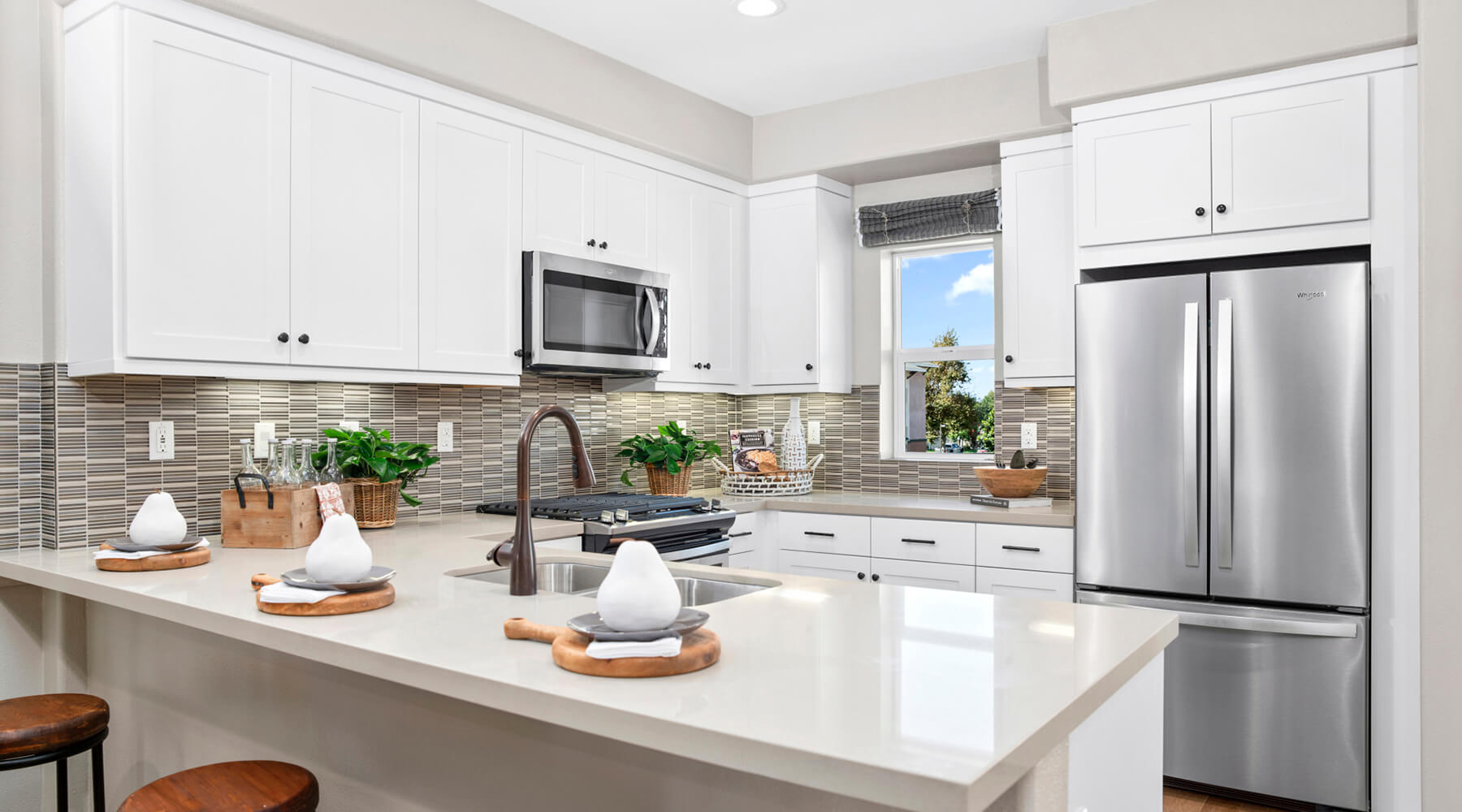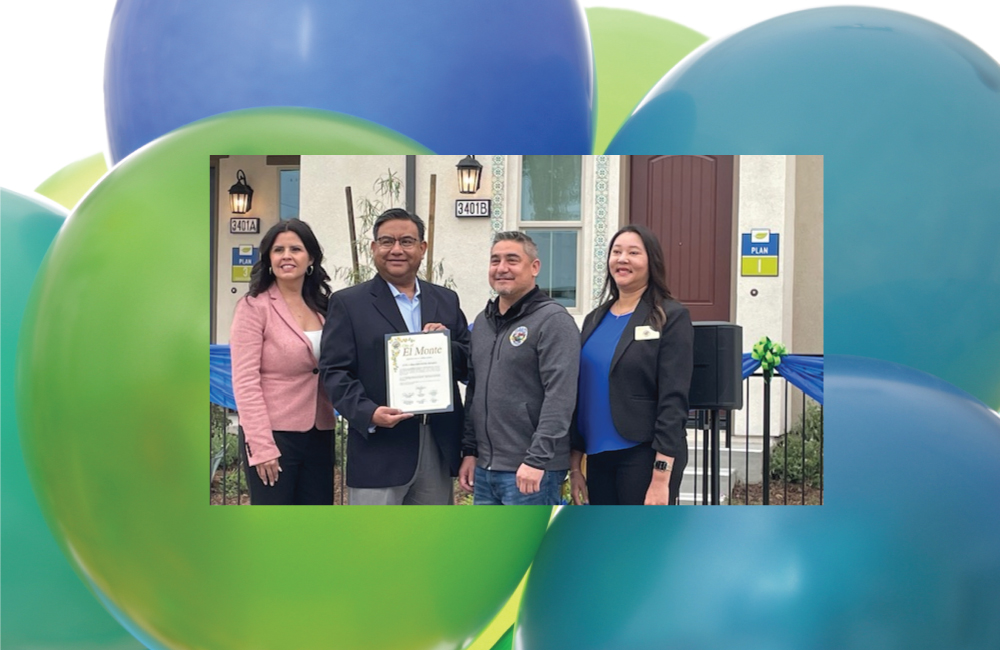Is $1 Million-Plus The New Normal For Orange County Homes?
Oct. 31, 2016

It’s no big surprise that Orange County is expensive when it comes to housing. But just how expensive may be news to you. According to real estate website Trulia, our county ranks fifth in the United States among metro areas where home prices exceed $1 million.
As of May 2016, seven-figure homes comprise about 16.1 percent of Orange County homes, which represents an increase of 8.9 percent from 2012 when only 7.1 percent of homes were above $1 million. The top four metro areas by percentage of million-dollar homes are:
1. San Francisco: 57.4%
2. San Jose: 46%
3. Oakland: 19.7%
4. Los Angeles: 16.3%
What A Million Gets You
In Orange County, the million-dollar price tag buys you a wide variety of homes, depending on location.
• In Newport Beach, a 1964-built 1,288 square foot condo with 2 bedrooms, 1 bath, and view of the water is currently for sale at $1,250,000.
• In Santa Ana, the price tag of $1,169,000 gets you a single-family Cape Cod-style home with 4 bedrooms, 3 baths and 3,891 sq. ft. This vintage home was built in 1938.
• In Yorba Linda, an 1,800 sq. ft. single-family 1987 home with 3 bedrooms and 2 baths in a contemporary style is asking $1,250,000.
• In Irvine, a 2007 condo with 1,847 sq. ft., 2 bedrooms and 2 baths is yours for $1,250,000.
All these properties may be more established for the modern buyer but, with the exception of the nine-year-old condo in Irvine, they were all built in 20th century. In their time, many were once ordinary homes with affordable prices. However, because of the quick appreciation of Orange County properties, their values continued to rise beyond the million-dollar mark.
Issues
You could consider these homes for their established locations and their vintage charm. But keep in mind that while they were built with the conveniences that buyers of their time wanted, these places now pose some issues for modern homeowners:
• Many homes built before 1978 do not have insulation in the walls, thus requiring more energy to cool and heat that their modern counterpart. This is assuming their furnaces and air-conditioners are still in working order. You could add your own insulation, but that entails inconvenience and expense.
• Wiring in older homes may not be up to modern code, which poses a greater risk of fire. Even homes built as recently as ten years ago may not be able to adequately handle the needs of 21st century technology and lack sufficient wiring for computer networks, home automation, and cable TV.
• Open floor plans do not exist in older homes, which tend to have chopped-up interiors with compartmentalized rooms. Dark hallways and spaces are common due to lack of windows and skylights.
• While some of these homes may have bigger lots, their landscapes typically grow water-hungry lawns and foliage. Keeping up these gardens may require lots of watering, which local governments may prevent you from doing due to the ongoing drought. The result is brown lawns or the added expense of converting your gardens to low-water versions.
Affordable Alternatives
If a million dollars lies just beyond your budget, try the more affordable alternatives that we have at our housing developments. Our neighborhoods offer many models for you to choose from, energy-saving insulation and appliances, the latest technology in construction, open floor plans with great rooms, plenty of light-giving windows and landscaping that saves on water. Please contact us today for a visit.





